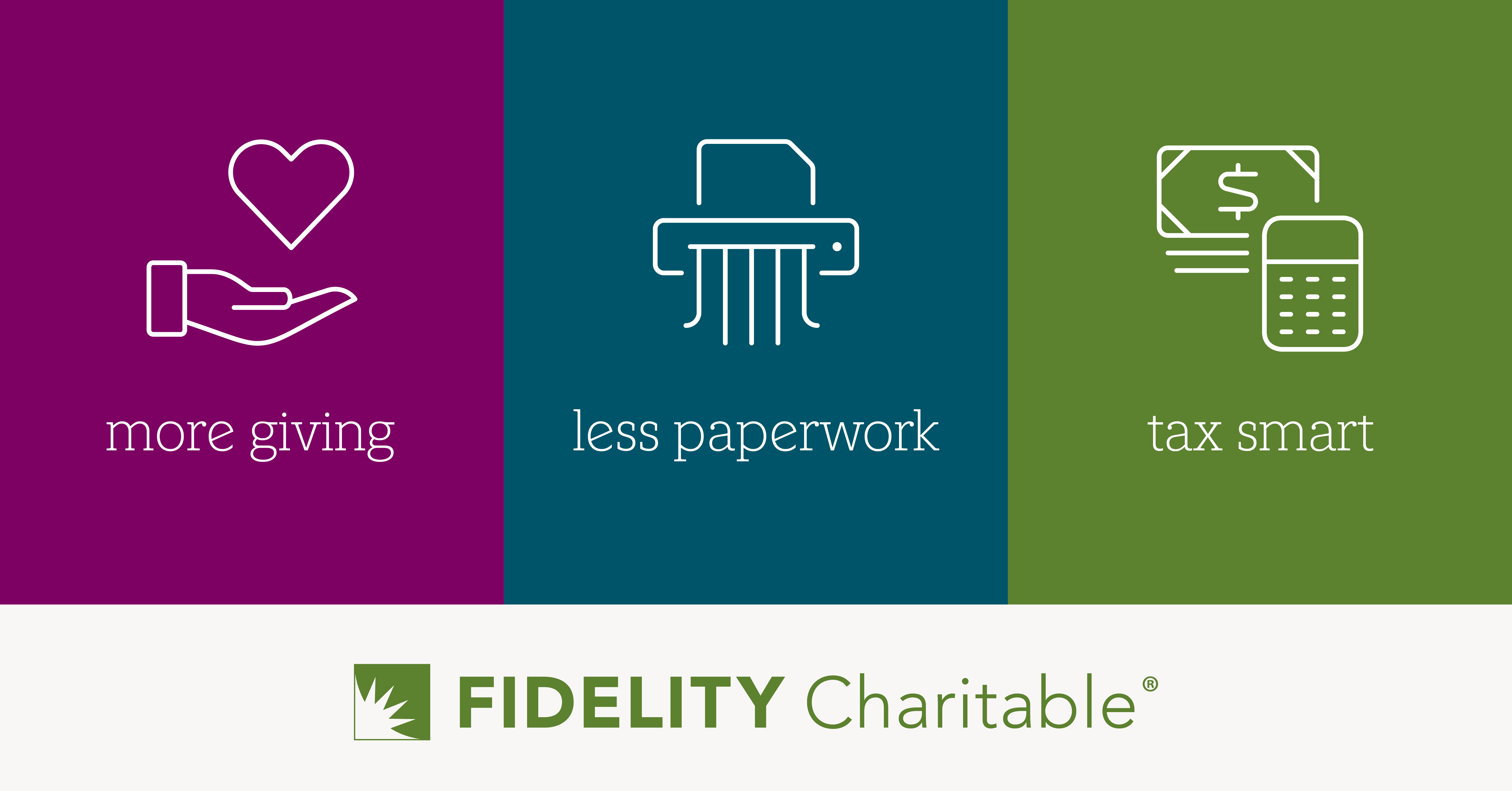We hear a lot about bringing our “whole selves” to work, but what happens when we look in the mirror and don’t like what we see? Being authentic is tough when you’re having a hard time at home, are going through a period of disengagement at work, or woke up one morning and just weren’t “feeling it.” Don’t beat yourself up. It’s all a part of the process.
“It’s almost as if authenticity has become a code word for being happy, engaged, and ‘up’ all the time,” says Renee Moorefield, co-founder and CEO of Wisdom Works, a firm dedicated to building thriving leaders and organizations worldwide. “Rarely is a person positive all the time, and you don’t have to be in order to be authentic. Authenticity is about leading your life and conducting your work from a deeper sense of being.”
Okay, but practically speaking, what does that really mean? We sat down with Moorefield and leadership coach Darcy Eikenberg to find out how leaders and employees can do better at bringing their whole selves to work, even when times are tough.
For entrepreneurs and executives
Studies continue to show that engagement starts at the top. Teams are more likely to be engaged in their jobs and invested in a company’s mission if their founders and bosses express the same — and even more so if these execs can create workplaces that encourage authenticity and self expression.
But social entrepreneurs and executives aren’t robots. They, too, have bad days or go through ruts, and they may find some employees more difficult to deal with than others. Adding to the pressure, some leaders find it hard to be open and vulnerable — for fear their employees won’t respect them — which can seriously undercut their goal of an authentic workplace. People can sniff out fake behavior, and over time it will do more harm than good.
Want to lead by example? Try these five mental tricks for embracing authenticity, even when it’s uncomfortable.
1. Lean into the journey.

Renee Moorefield, leadership coach, wellness expert, and co-founder of Wisdom Works.
“One of the best things that an entrepreneur or executive can do is to live and lead authentically,” Moorefield says. “You’re the role model. If you want to create a certain culture, you can’t talk it without walking it.”
Of course, this is easier said than done. Peaks and valleys are natural on the path to conscious leadership. You may hit a wall in your driving purpose, or your quest for self-reflection may illuminate areas in which you’re frustrated with yourself. Embrace the journey, Moorefield advises. Rather than thinking you need to have all the answers right away, recognize that your leadership role does not negate your humanity, and be open to taking lessons as they come.
“Authenticity is not a place you reach — it’s a path to which you commit yourself,” the wellness and leadership expert tells Conscious Company. “We’re always changing as people. You will continuously find new passions within yourself, as well as blind spots you weren’t aware of, ways you are reactive or defensive, or ways you contribute to shutting people down. It truly is a path of learning and growth.”
2. Tell a failure story.
“In most workplaces, failure is a bad thing, but as a leader, you have to talk about failure to create a workplace that’s open and human,” says Darcy Eikenberg, founder of Red Cape Revolution and author of “Bring Your Superpowers to Work.”
Telling failure stories is Eikenberg’s first suggestion to leaders looking to foster authenticity at work. For best results, go beyond that fallback story about being passed up for a job or launching a failed startup in your 20s. “What failed yesterday?,” Eikenberg asks. “What failed this week? What was the assumption I made that was wrong?”
Talking about failure can be challenging for some leaders, but mustering the courage to be honest with your team helps them to better understand you as a person. When you inevitably need support in the future, they’ll be more prepared to offer it.
“Leaders, especially entrepreneurs, feel like they have to save face by staying positive all the time,” Eikenberg says. “But we can emote an image of positivity, success, and energy within our organizations and still tell the truth about how we got there. When leaders start to share their failure stories, they create an example that failure is okay — and it has to be okay, because failure is the only way we move forward.”
3. Take time for yourself.
Leaders are personally invested in their organizations and can be especially hard hit when things go wrong. Maybe money is tight, ideas are short, or energy is low. Rather than pushing forward, take a moment to reflect on how you really feel and why, Eikenberg advises. “Unplug for an hour. Get out in nature. Take some time to ask yourself, ‘What’s happening here? I know I’m reacting to this emotionally, but why?’”
When you fully understand why you’re feeling the way you are, it’s easier to take constructive action — delegate more, learn to say no, and reorient your time and energy toward what matters most to you.
4. Recognize when you’re putting up a front.
Authenticity is like a muscle — you have to use it in order for it to grow stronger. “Often, leaders don’t even know how closely they’re managing their presentation, so the ability to be aware of when you’re putting up a front is key,” Moorefield says. Try to be intentional about self-observation so you can recognize when you’re not keeping it real.
“Observe your language and your internal thinking processes — and take notice when you say one thing but feel much differently inside,” Moorefield advises. “Be conscious when emotions like stress and anger pop up, and note how you respond. Even physical signals like a stomach ache or sore shoulders can help leaders tap into what’s really going on and shift their response from one that’s controlled to one that’s authentic.”
5. Learn to deal with “that one employee.”
Some people click easily, and some people don’t. It’s a part of life and also a part of work, but struggling to connect with someone on the team can be especially stressful for leaders. The natural reaction is to slap ourselves on the wrist for our failure, then retreat back into the cozy recesses of anti-social behavior. Consider this: Tackling a challenging relationship head-on not only fosters a more authentic workplace, but could also pave the way for a new friendship (seriously).
“Come from a sense of curiosity and ask yourself, ‘How are my own biases or beliefs contributing to this struggle?,’” Moorefield suggests. “Then, have a conversation and bring the struggle out, without judgement and without a fix. Many leaders naturally feel like their job is to fix problems, but the goal of this conversation is to learn and evolve into a better place together, rather than ‘fixing’ the relationship. It’s counterintuitive, but if you’re ‘fixing it,’ that means you’re holding on to the same beliefs about it — and holding on to the same beliefs can get you into trouble.”
If the mere suggestion of an interaction like this makes you wriggle with discomfort, take heart. A bit of awkwardness today can ward off years of awkwardness in the future. “The moment you have a conversation, invariably the struggle has already started to shift,” Moorefield says. “You’ve named it, and now the other person realizes that, as an equal human being, you are interested in exploring and creating something different.”
For employees and team members
We continue to hear that today’s workers are looking for purpose as well as a paycheck, but rough patches are inevitable — even when you’ve found the perfect fit. Maybe you’re having a hard time at home, you feel like the odd person out in your workplace, or you’re simply not feeling as engaged as you once did.
Our natural instinct is to slap on a fake smile, keep our heads down, and push forward, but ultimately suppressing our emotions only breeds greater frustration and disengagement. Use these five methods to recognize when you’re having a tough time, express it to those around you, and pave a constructive path forward.
1. Figure out what you really want.

Darcy Eikenberg, leadership coach, speaker, and author of “Bring Your Superpowers to Work.”
“The core strategy of being authentic is getting clarity about what you really want and what success looks like for you — not what you think it ‘should’ be,” Eikenberg says. “We have all of these assumptions about what we ‘should’ be. We think, ‘My job looks good on paper, so I should be happy,’ but the reality is that until we know what we want, we can’t articulate it, ask for changes, or make those changes ourselves — either at home or at work.”
If you’re feeling down, take a moment to figure out why that could be. Maybe you need to get more sleep, drink more water, or make more time for exercise, or maybe there’s a bigger problem in your workplace that needs to be addressed. Any of those problems can be tackled through effective planning and communication, but you can’t do that until you understand what matters to you, what you want, and where you may not be getting it.
2. “Be,” don’t “seem.”
“There’s a distinction we often use about the difference between ‘being’ and ‘seeming,’” Moorefield says. “If you’re ‘being,’ that means you’re being real. It doesn’t mean you’re being reactive or giving in to anger or fear, rather that you’re conscious of where you are so you can make more choices about how you act.”
Many of us try to emulate what we think an ideal employee should be. Perhaps, if we act chipper and busy, we can avoid drawing any negative attention to ourselves. That game only leads to early burn-out, and it can detract from our ultimate goal of excelling within our jobs. “Trying to ‘seem’ happy or engaged all the time takes a lot of energy, and it can ultimately hold you back,” Moorefield says. “It is exhausting to try to ‘seem’ a way that you’re not.”
3. Recognize your stop signs.
We’ve all been there: Something ticks us off at work and, rather than confronting the problem, we head to the break room to whisper with our most trusted colleague about how annoyed we are. Resist the urge to repeat the cycle, Eikenberg says, and instead take a step back, try to understand what’s bothering you, and take actionable steps to change the circumstance as needed.
“If there’s something that’s making us uncomfortable, worried, or angry, we need to recognize it as a stop sign, figure out what’s going on, and do something about it — whether that’s changing the situation or our thought process,” she tells Conscious Company. “Complaining to your friends in the office is just going to aggravate it more instead of creating a solution.”
4. Ask for what you need.
Waking up on the wrong side of the bed or going through a period of frustration in your job is normal, but if you’re facing a serious personal hardship, it’s time to speak up. Maybe you experienced a loss, a friend or family member is sick, or a child needs some extra support. Rather than trying to pretend like this heart-wrenching challenge doesn’t bother you, summon up the courage to be honest.
“People try to muscle through because they’re stuck on this utter miss that we grew up with — ‘emotion doesn’t belong in the workplace,’” Eikenberg tells us. “That assumption should be killed right now, because emotion is what puts us in motion. We’re all human, and humans are messy and filled with emotions. What we care about is what moves us forward.”
If a personal challenge is affecting you at work, be upfront with colleagues and managers, and be specific about what may change: “I won’t be able to stay as late. I may not check email as frequently. I may be in and out of the office more.”
“People appreciate being brought into the story,” Eikenberg says. “If you take that extra step and be honest, rather than worrying about letting someone else down, you set an example for others that your workplace can support people when they’re going through rough phases in their lives. Sometimes it’s hard and it feels scary, but the reality is you have to ask for what you need.”
5. Don’t overreact.
We all have that one friend who’s constantly searching for a new job. “I’m so over the people I work with,” she says. “I need to find something new.” This reaction is completely normal, but hopping from job to job without recognizing what makes us happy or unhappy is a losing battle.
“We are taught that if we’re starting to feel uncomfortable or something doesn’t feel right, the only answer is to look for another job,” Eikenberg says. “I teach a class called ‘should you stay or should you go,’ and the reality is that there are so many nuanced levels between staying exactly where you are and doing something totally new.”
Rather than preparing your resume and upgrading to premium on LinkedIn, do your internal due diligence to find out if the situation is salvageable. “Before going to the extreme, ask yourself, ‘What can I change right now? If I can’t change the situation, can I change the way I think about it?,’” Eikenberg suggests. Even if you eventually decide to move on, you’ll be better prepared to articulate your goals and values in your next role.
The bottom line
Embracing your true self, shadow and all, is a lifelong pursuit, but putting yourself in the driver’s seat of your own work and life will leave you feeling less frustrated and more fulfilled.
“We can control three things — everything we say, everything we do, and everything we think,” Eikenberg says. “It’s up to us to take charge of the situation and what we think of it. You can change so much more in your workplace than you think that you can.”







